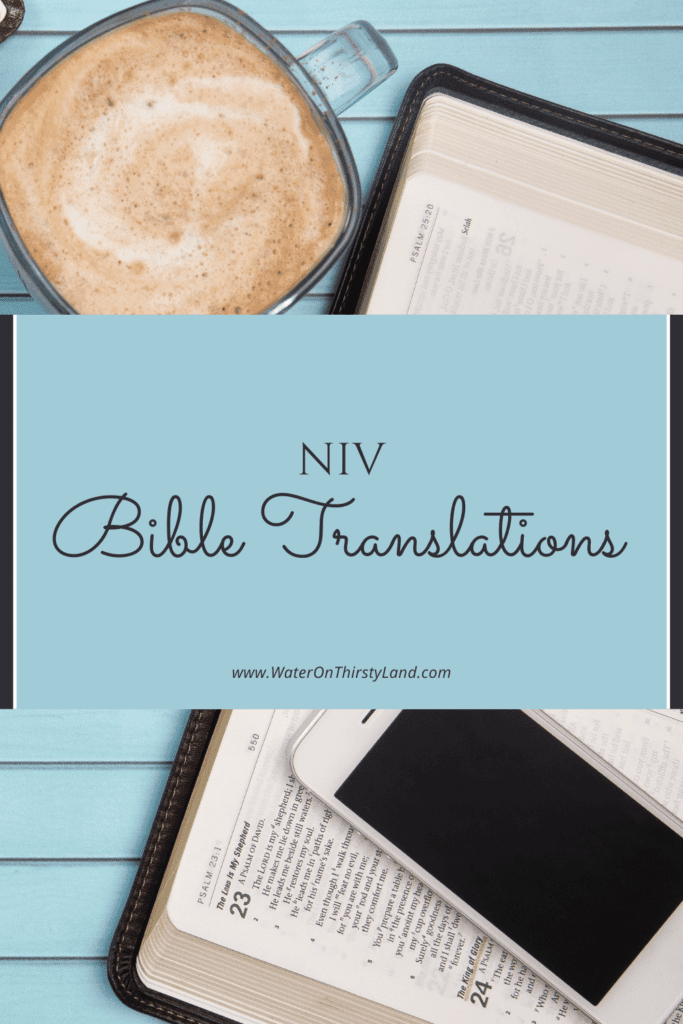What is the NIV Bible translation?
Howard Long, a Seattelite engineer for General Electric, saw a growing need for a Bible every day people could read and understand. He saw people struggle to read and understand the KJV and knew he needed to do something. Long was the kind of person whose conversations often turned toward faith, and who wanted everyone to know and have a relationship with Jesus. He was not a scholar of Theology but his love of the gospel sparked the desire to create the NIV so that everyone could learn about God’s love, power, and salvation in a way they could understand.
Long reached out to many scholars, which then led to extensive communication between them, Christian publishers, churches, missions organizations and Bible societies. This caused the National Association of Evangelicals to start their own committee and investigation. In 1961 the two committees came to work together, and in 1965 a Bible Translation Conference was held.
What was the NIV translation process?
In 1955, Howard Long began his journey for a modern English Bible that he could trust. Ten years later the translation of the NIV was commissioned. In 1968 Biblica financed the translation. In 1969 “The Gospel According to John: A contemporary Translation” was published. After Zondervan agreed to be their sole publisher in 1971, they published the New Testament only two years later with their new name, the New International Version (NIV).
In 1976, Zondervan brought back Biblica in an effort to help with financing. Two years later, in 1978, the completed New International Version was published. In 1984, after only 6 years of publication, the translation was revised and a Study version was released one year later in 1985. In 1986, NIV became the “Best Selling Bible in Modern English”.

In 1996 there was a children’s NIV Study Bible published, another revised copy in 2005 to incorporate contemporary gender language, and a fully revised version in 2011. The 2011 version includes some updated language in order to keep it modernized. 2017 saw the publication of the famous “thinline” NIV Bible, making it easier on the eyes and more comfortable to hold.
Why was the NIV translated?
On their website, NIV says this about the philosophy of their translation, “When the books of the Bible were first written, they spoke clearly to people in their heart language. There was no gap between hearing God’s Word and understanding it. The translation philosophy of the New International Version (NIV) is to recreate this experience for you in contemporary English.”
They believed that there should be a version that can be easily read and understood. Where many translations focus on the eloquence of the form, grammar, and word orders of the original languages, the NIV was approached with the understanding that no two languages follow the same sets of rules. They saw it as more than just replacing words from one language with another, but instead as a means to help the reader grasp the meaning of the Scriptures and message of the Bible in clear, transparent, and modern English.
According to a 2014 study from The Center for the Study of Religion and American Culture and Indiana University and Purdue University, the NIV was the second most-read version. In 2019, according to Christian Book Expo, NIV is now ranked as the #1 selling translation, with KJV at #2.





